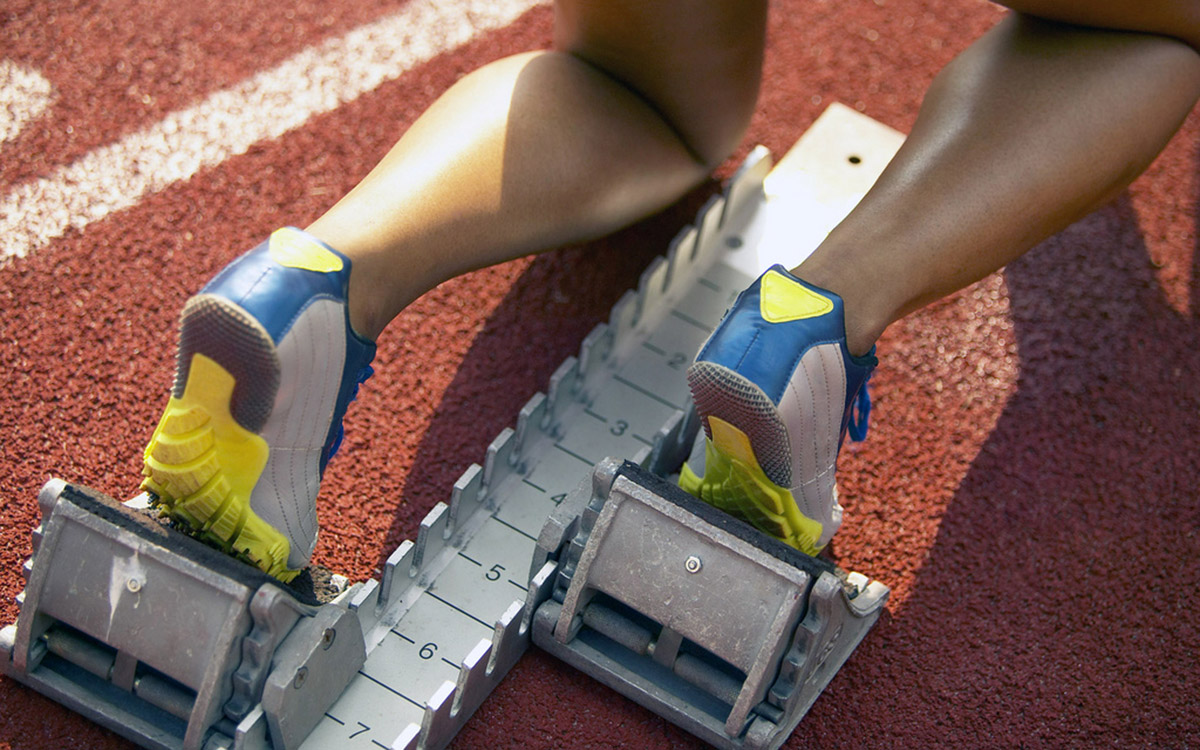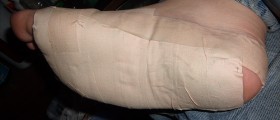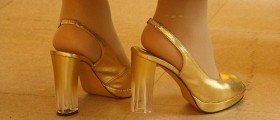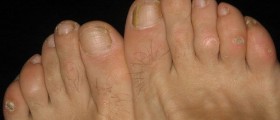
Metatarsalgia is the medical term for a form of neuralgia, which is very frequent in athletes and runners. This disorder is characterized by the inflammation in the ball of the foot and it is manifested through the pain that occurs in this area.
Causes of metatarsalgia
There are certain metatarsal bones in the foot. When the nerve between the third and the fourth metatarsal bones is inflamed, it causes the pain in the foot. When we keep walking, this nerve is constantly pressed by the metatarsal bones and thus irritated all the time. Metatarsalgia may be caused by a strenuous physical activity or by ill-fitting shoes. Furthermore, this inflammation in the ball of the foot can be induced by the condition called hammertoe, which is usually caused by wearing high heels. Metatarsalgia can also be triggered by bunion at the base of the big toe. Other causes of this condition are obesity and stress.
Treatment for metatarsalgia
The treatment of this condition includes several simple measures. In the majority of cases, metatarsalgia is treated with so-called RICE therapy, which is the abbreviation for rest, icing compression, and elevation.
Resting of the afflicted foot is very important in order to speed up the healing. Even the runners and other athletes should take rest and not exercise for some time. In order to stay fit and in condition, swimming is recommended because it cannot aggravate the condition. Furthermore, certain stretching exercises, as well as lower body strength training, are also recommended as long as the pain does not appear.
The one with metatarsalgia should apply ice packs on the affected foot for about 20 minutes at least three times a day. In order to protect the skin from the ice, it can be applied when wrapped in a thin towel. It is also useful to compress the affected area and keep the affected foot elevated all the time in order to accelerate the healing. However, when the pain is unceasing, certain painkillers should be bought over-the-counter. These medicines reduce the pain but also the inflammation.
Furthermore, it is important to avoid shoes that are tight and have thin soles or are high-heels. In order to reduce the pain in the affected foot, insoles inside the shoes are also highly recommended. They can be made of cork, plastic, rubber or gel like substances. Rarely, an operation is required. However, in certain severe cases the nerve that causes the pain is removed in a surgery.

















Your thoughts on this
Loading...